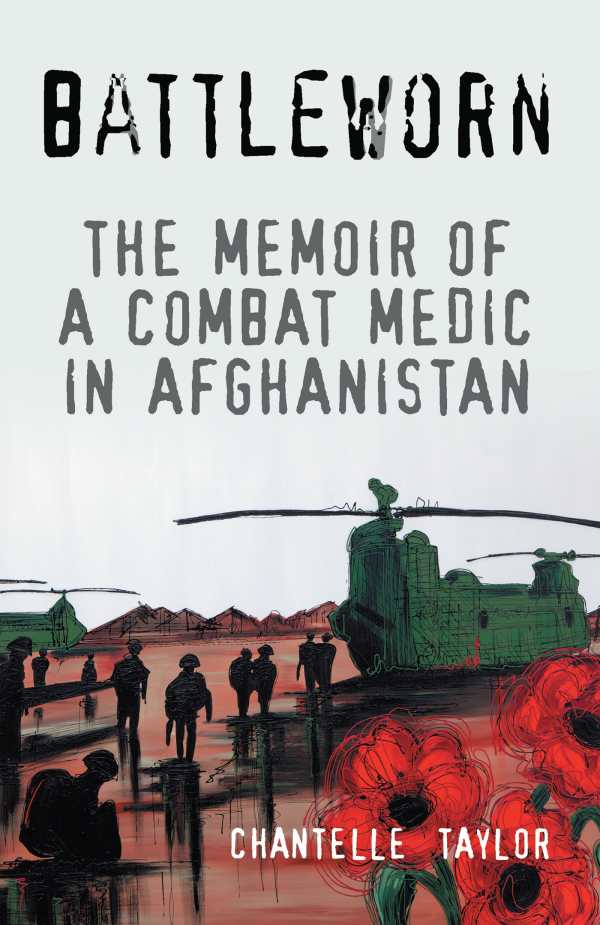Battleworn
The Memoir of a Combat Medic in Afghanistan
- 2016 INDIES Finalist
- Finalist, War & Military (Adult Nonfiction)
This is a woman’s perspective on war, a gritty glimpse into the danger and hardship of soldiering on the front lines.
Chantelle Taylor’s Battleworn: The Memoir of a Combat Medic in Afghanistan tells a harrowing tale of war from a unique perspective: that of a medic tasked with keeping her comrades alive.
The book depicts modern-day warfare in a gripping, vivid way. Taylor weaves humor into a captivating account of a prolonged battle with the Taliban. Her unit faced grave danger, which comes alive in these pages.
The British Army soldier’s book relates the story of B Company, which fought to defend Nad-e Ali in Helmand Province from relentless assaults by the Taliban. Her unit endured a seven-week siege, sixty-six battlefield casualties, and four deaths.
The Royal Army Medical Corpsman describes gunfights, IED blasts, and life-saving treatments. The powerful prologue begins with Taylor gunning down an enemy fighter during an ambush—“I didn’t stop firing until he dropped”—and only gets more intense from there.
Taylor excels at action scenes, as evidenced in passages like “a lull in the firefight commenced just then, soon followed by the dreaded cry ‘man down, man down!’ blasting across the radio net.” Her strong powers of description transport one to the dusty streets of Afghanistan, and make the conflict feel real.
She paints a clear picture of what it’s like to work as a medic in the urgent extremes of combat, such as when her boss demands a “casualty report, and fast: I assess a gunshot wound to the hand and possible fracture to the lower limb both as cat-Cs, which means we have four hours to play with. Distal pulses on both are good, so they should be okay.” She also evokes great pathos, such as during the funeral of a fallen comrade who is remembered as “a good bloke.”
Her book is refreshingly free of the effusive patriotic cliché often included in war memoirs, which can come across as insincere or cloying. Taylor’s tone is more matter-of-fact, and she can often be quite humorous, as when noting “the British military is very good at draining the fun aspect from most sporting activities.”
Her sharp eye manifests itself with observations like how coffee shops and a Burger King on post “against the backdrop of Black Hawks, C-130s, and Apaches” threaten to lull soldiers into a false state of complacency.
Combat scenes are the most carefully crafted. Profanity, while completely appropriate and true to the source material, potentially could alienate some. Frequent use of military acronyms, which while instantly understandable to veterans and even news junkies, could be off-putting to those who don’t want to parse through alphabet soup. But these are minor quibbles.
Battleworn offers gritty realism and a woman’s perspective on war, giving a glimpse into the danger and hardship of soldiering on the front lines. It stands as an important testament to a long and costly war. Taylor proves herself to be an admirable combat medic, an exceptional writer, and a notable voice for a generation of soldiers.
Reviewed by
Joseph S. Pete
Disclosure: This article is not an endorsement, but a review. The publisher of this book provided free copies of the book and paid a small fee to have their book reviewed by a professional reviewer. Foreword Reviews and Clarion Reviews make no guarantee that the publisher will receive a positive review. Foreword Magazine, Inc. is disclosing this in accordance with the Federal Trade Commission’s 16 CFR, Part 255.

